
New research shows that COVID-19 can infect cells without the ACE2 protein, using alternative methods for infection, a finding that highlights the virus’s ability to adapt and infect multiple species. This versatility underscores the need for continuous monitoring and research to understand and mitigate the potential risks posed by the virus and its variants.
New insights are enhancing scientists’ efforts to stay ahead of COVID-19 and the next pandemic.
Unexpected new insights into the ways COVID-19 infects cells could shed light on the virus’s adept ability to jump from one species to another and assist scientists in more accurately predicting its evolution.
The pandemic has been marked by extensive debate regarding the mechanism by which COVID-19 invades cells, largely focusing on its use of a human cell protein known as ACE2. However, recent research from the University of Virginia School of Medicine reveals that ACE2 isn’t required for infection. Instead, the virus has other means it can use to infect cells.
That versatility suggests that coronaviruses can use multiple “doors” to enter cells, potentially explaining how they are so good at infecting different species.
“The virus that causes COVID-19 uses ACE2 as the front door to infect cells, but we’ve found that if the front door is blocked, it can also use the back door or the windows,” said researcher Peter Kasson, MD, PhD, of UVA’s Departments of Molecular Physiology and Biomedical Engineering. “This means the virus can keep spreading as it infects a new species until it adapts to use a particular species’ front door. So we have to watch out for new viruses doing the same thing to infect us.”
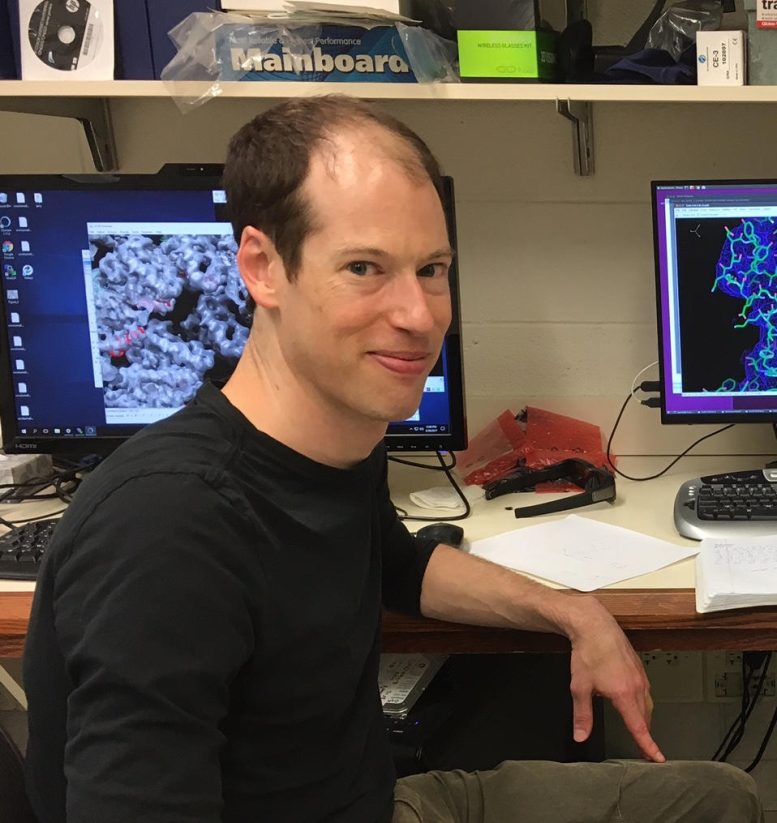
Researcher Peter Kasson, MD, PhD, of the University of Virginia School of Medicine. Credit: UVA Health
Understanding COVID-19
COVID-19 has killed almost 7 million people around the world. Thankfully, the availability of vaccines and the increase in population immunity means that the virus is no longer the threat it once was to most people (though it remains a concern for groups such as the immunocompromised and elderly). With the expiration of the United States’ official Public Health Emergency in May, most Americans have largely returned to lives similar to the ones they knew before the pandemic emerged in 2019. But COVID-19 continues to evolve and change, and scientists are keeping a close eye on it so that they can take quick action if a more dangerous variant emerges. They also continue to monitor other coronaviruses in case they jump to humans and become the next great public health threat.
As part of this effort, Kasson and his team wanted to better understand how the virus responsible for COVID-19, SARS-CoV-2, can enter human cells. Scientists have known that the virus essentially knocks on the cell’s door by binding to ACE2 proteins. These proteins are bountiful on the surfaces of cells lining the nose and lungs.
SARS-CoV-2 can also bind with other proteins, however. Was it possible, the scientists wondered, that it could use those other proteins to infiltrate cells? The answer was yes. ACE-2 was the most efficient route, but it was not the only route. And that suggests that the virus can bind and infect even cells without any ACE-2 receptors at all.
That unexpected finding may help explain why coronaviruses are so adept at species-hopping, Kasson says. And that makes it even more important that scientists keep a close eye on them, he notes.
“Coronaviruses like SARS-CoV-2 have already caused one pandemic and several near misses that we know of,” he said. “That suggests there are more out there, and we need to learn how they spread and what to watch out for.”
Reference: “The ACE2 receptor accelerates but is not biochemically required for SARS-CoV-2 membrane fusion” by Marcos Cervantes, Tobin Hess, Giorgio G. Morbioli, Anjali Sengara and Peter M. Kasson, 5 June 2023, Chemical Science.
DOI: 10.1039/D2SC06967A
The study was funded by the Commonwealth Health Research Board, grant 207-01-18; UVA’s Global Infectious Diseases Institute; and the Knut and Alice Wallenberg Foundation, grant KAW2020.0209.



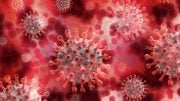
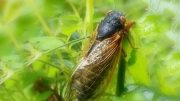

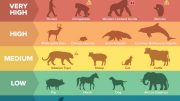
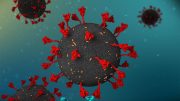
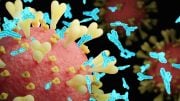
“COVID-19 has killed almost 7 million people around the world.”
I didnt know this site liked to post theory as fact.
Its been proven beyond a reasonable doubt that most COVID deaths were inaccurate and caused by something else.
Keep spreading that propaganda though!!!